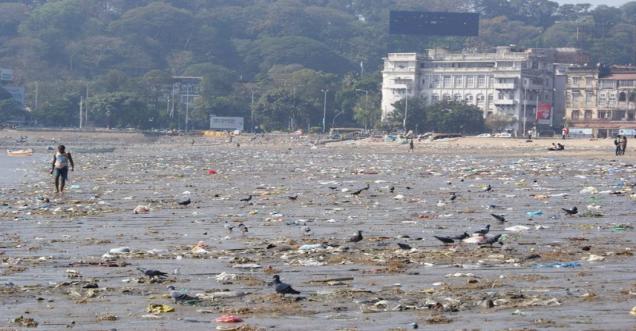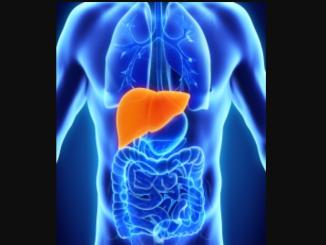
India has yet another reason to be worried as adding to its woes, a global study has revealed that seas near Mumbai, Kerala and the Andaman and Nicobar Islands are among the world's most polluted. The researchers from the Alfred Wegener Institute (AWI), Helmholtz Centre for Polar and Marine Research in Germany mapped marine pollution from around the world. They came together to compile 1,237 scientific studies on marine litter into a single, comprehensive database called Litterbase.
According to the quantitative analysis of the study, there were 68.83 items a sqm at four beaches – Juhu, Versova, Dadar and Aksa — most of it (41.85%) being micro plastics ranging in size from 1m to 5m. The highest amount of micro plastics were found at Juhu beach (55.33%), followed by Versova (28.8%), Dadar (18.6%) and Aksa (7.9%).
Giving the details of the study, lead author of the paper, HB Jayashri, from the National Aquatic Resources Research and Development Agency in Sri Lanka, said, “The ocean around Mumbai is one of the most polluted in the world. The major contributing factors for the litter are from recreational and religious activities and fishing, which suggests that most of the plastic pollution in the sea has its source on land. We also found that poorly treated domestic waste ended up polluting the ocean even more.”
The marine pollution is seriously affecting marine biodiversity along with posing a health and livelihood hazard to people.
AWI’s Dr Melanie Bergmann pointed out that for the first time they have analyzed all groups of organisms affected by the litter, and have presented it in map form. “The number of affected marine species is currently at 1,220, and is rising steadily,” he added.

A satellite map of India showing the spots with high plastic litter. The Mumbai shoreline is marked (the purple patches) as one of them
The maps documented littered locations in India, China, Indonesia, Japan, Malaysia, Australia, South Africa, the US, the western coast of South America, a large portion of Europe and even isolated areas across the world. “It is important to bear in mind that the blank areas on our map don’t necessarily represent clean regions; instead they are blind spots,” Bergmann said.
Domestic waste, industrial waste, recreational and religious activities have long been the reason for marine pollution, putting the life of animals in danger. Not only do they contaminate water on a very large scale, but also make the human population around it extremely vulnerable to diseases.



























